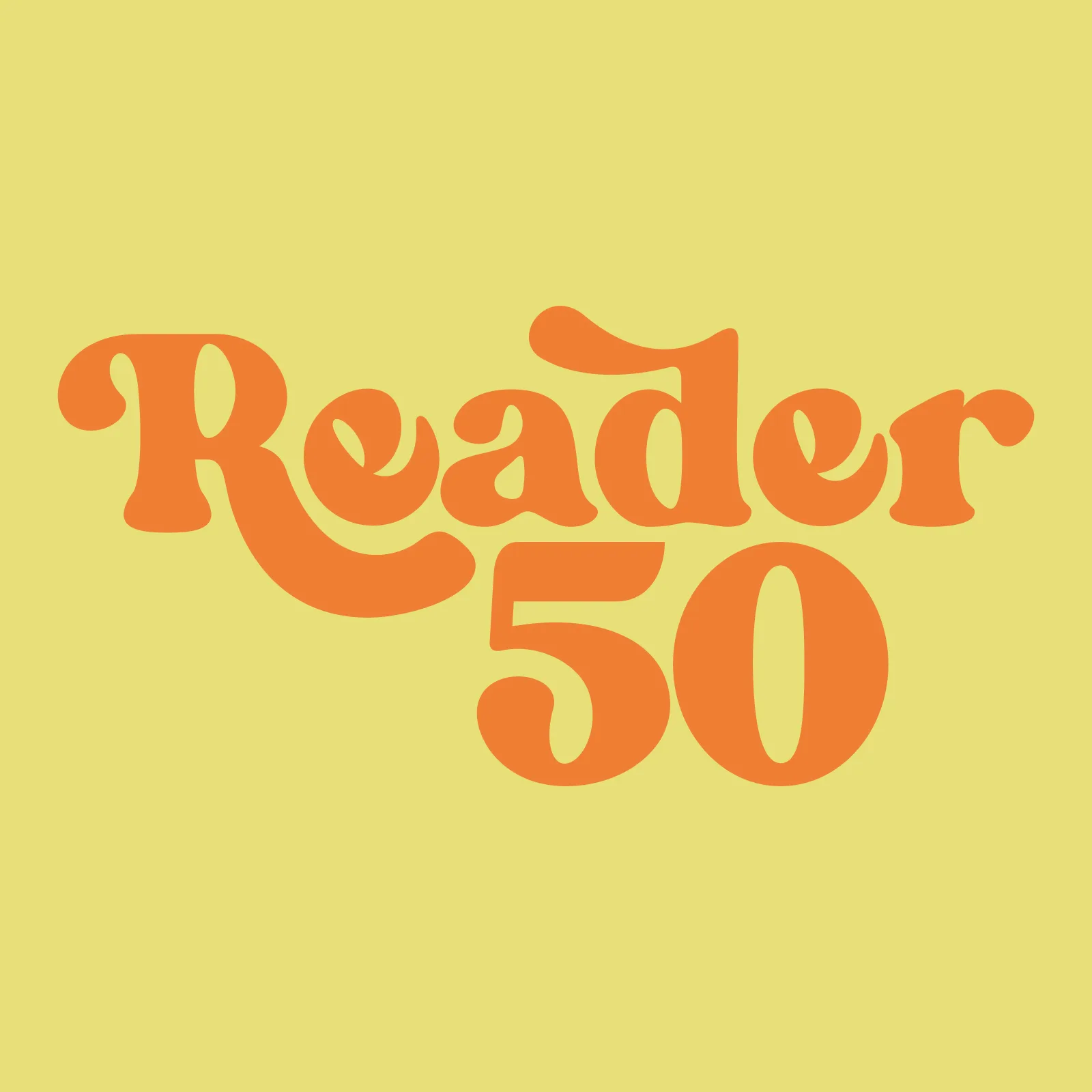The Chicago Reader started small. Four college friends published a free weekly newspaper of eight pages, working out of two apartments, one on Chicago’s south side, the other on the north side. According to a 1972 article, they found “street sellers more interesting than politicians, and musicians more interesting than the Cubs.”
By the Reader’s 25th anniversary, the paper had grown to four sections, with staff offices in the prominent River North neighborhood. The Reader had become the place Chicagoans looked for cutting-edge criticism, long-form investigative journalism, underground comics. They also turned to the Reader to figure out where to spend their weekends, sell their wares, or reconnect with a lost friend.
In the next twenty-five years, print journalism experienced the intertwining crises of declining revenue and readership. The Reader has endured, surviving these challenges while remaining free and revolutionary.
The Chicago Reader at 50: A Half-Century of Revolutionary Storytelling at the Newberry commemorated the paper's 50th anniversary through a multimedia display of stories, photographs, cartoons, and more. The exhibition showed how the Reader has changed with the times without compromising its values.
Digital Resources
- Journalism and Police Accountability: Perspectives from the Chicago Reader and the Chicago Torture J - Inspired by the Chicago Reader’s extraordinary, decades-long reporting on police torture in Chicago, this conversation explores the role of journalism in uncovering police violence. How has such coverage influenced actual practices and policies related to policing?
